What Are Your Different Types Of Studio Lights?
When it comes to photography and videography, lighting can make or break your output. Proper studio lighting not only enhances the subject but also conveys the intended mood while maintaining optimal clarity and focus. With an array of studio lights available in the market, understanding the different types and their specific applications is vital. In this article, we'll cover the primary types of studio lights, their features, and help you determine which ones best suit your creative needs.
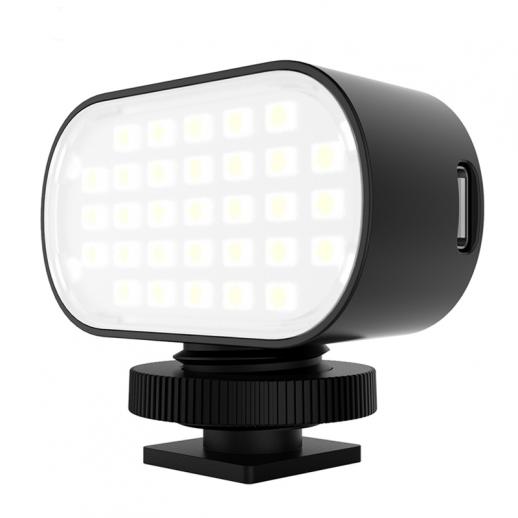
Types of Studio Lights
1. Continuous Lighting
Continuous lighting, also known as constant lighting, is an essential tool both for beginners and professionals. These lights remain on throughout the shooting process, offering constant illumination.
Types of Continuous Lighting:
- LED Lights: Known for their energy efficiency and long lifespan, LED lights are suitable for both photographers and videographers. They provide consistent lighting, are less harsh, and usually come with adjustable color temperatures.
- Fluorescent Lights: These lights are bright and cool, making them ideal for long sessions. They are often used in softboxes to diffuse the light and reduce shadows.
- Tungsten Lights: These are incandescent lights that produce a warm color temperature. While they're excellent for creating a cozy atmosphere, they can generate a lot of heat, which might be uncomfortable for prolonged shoots.
Ideal For: Portraits, product photography, interviews.
2. Strobe Lighting
Strobe lights, or flash lighting, offer bursts of bright light and are often used in studio settings. These lights can freeze motion and are significantly more powerful than continuous lights.
Types of Strobe Lighting:
- Monolights: These are self-contained units that consist of a light head and power supply in a single housing. Monolights are highly versatile and come in various power outputs.
- Pack-and-Head Systems: These involve a power pack connected to one or multiple light heads. They offer more power and flexibility than monolights but can be bulkier and more complex to set up.
Ideal For: High-speed photography, fashion shoots, and any scenario requiring precise control over lighting duration and intensity.
3. Speedlights
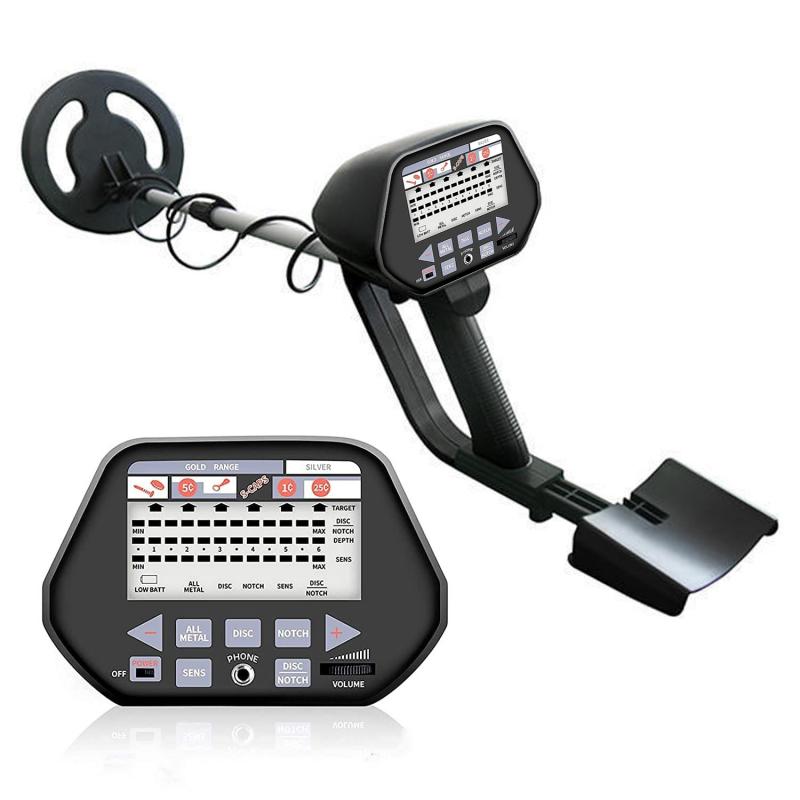
Speedlights, also known as flashguns, attach directly to your camera's hot shoe or can be used off-camera with trigger systems. They are smaller and more portable but less powerful than studio strobes.
Features:
- TTL Metering: Many modern speedlights feature Through-The-Lens (TTL) metering, which automatically adjusts the flash intensity based on the camera's exposure settings.
- Manual Control: For photographers who prefer full control, speedlights often allow manual adjustments of power, zoom, and flash duration.
Ideal For: On-location shoots, event photography, and situations requiring mobility.
---
Lighting Modifiers
Lighting modifiers help shape and control the light, thereby affecting the final output's quality and character. Here are some essential modifiers you should consider:
1. Softboxes
Softboxes are designed to diffuse light, creating a soft, even illumination that reduces harsh shadows. They are available in various shapes and sizes, such as square, rectangular, and octagonal.
2. Umbrellas
Umbrellas come in two main types: reflective (bounce) umbrellas and shoot-through umbrellas. Reflective umbrellas bounce the light back onto the subject, while shoot-through umbrellas allow light to pass through, softening it in the process.
3. Beauty Dishes
A beauty dish is a shallow parabolic dish that produces a focused, crisp light with softer shadows than a direct flash but harder than a softbox. It's excellent for beauty and portrait photography.
4. Grids and Barn Doors
These modifiers help direct and focus the light. Grids narrow the light spread, while barn doors can shape the light by cutting off parts of the beam.
---
Choosing the Right Light for Different Scenarios
Portrait Photography
- Continuous Lighting: Ideal for beginners, as it allows you to see how the light affects your subject in real-time. Use a combination of LED or fluorescent lights with softboxes for a flattering look.
- Strobe Lighting: Offers more power and control. Using monolights or pack-and-head systems with modifiers like beauty dishes and grids can help achieve professional results.
Product Photography
- Continuous Lighting: Fluorescent lights with softboxes are excellent for capturing detailed, high-quality images.
- Strobe Lighting: Provides consistent and powerful light for shooting small to large products. Use softboxes and reflectors to eliminate shadows.
Videography
- Continuous Lighting: LED panels are highly recommended due to their adjustable color temperatures and low heat output. They provide consistent lighting that is essential for video shoots.
- Fluorescent Lighting: Another good option, especially when used in softboxes, to diffuse light and reduce shadows.
Event Photography
- Speedlights: Their portability and quick setup make them perfect for dynamic environments. Using off-camera flash techniques can enhance the overall feel of the photos.
- Strobe Lighting: Suitable for staged setups or photo booths where more controlled lighting is required.
---
Practical Considerations
When choosing your studio lights, keep these practical aspects in mind:
- Budget: Studio lighting can get expensive. Determine your budget and prioritize by starting with versatile lights.
- Space: Consider the size of your studio. Some types of lights and modifiers are more suitable for larger spaces.
- Portability: If you frequently shoot on-location, portable solutions like speedlights and lightweight LED panels might be more suitable.
- Power Supply: Ensure your studio setup can support the electrical requirements of your lighting equipment, especially if using high-power strobes.
---
Final Thoughts
Investing in the right studio lights can profoundly impact your photography or videography. Continuous lights are excellent for beginners and videographers, offering a clear view of how the lighting affects the subject. Strobes provide power and control, essential for professional-quality still photos, while speedlights offer unmatched portability for on-the-go shoots.
By understanding the various types of studio lights and their specific applications, you can make informed decisions that best suit your creative needs. Whether you're setting up a home studio, upgrading your equipment, or preparing for a specific shoot, the right lighting will significantly enhance your results.





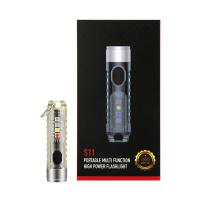

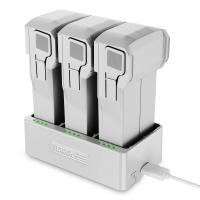
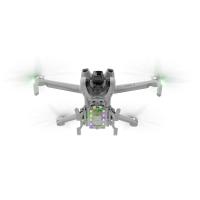
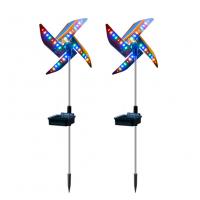
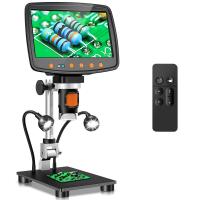

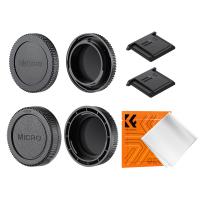


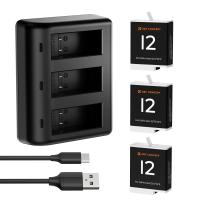


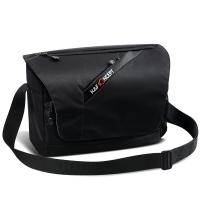
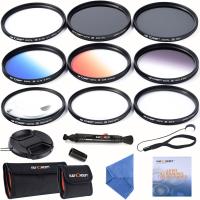
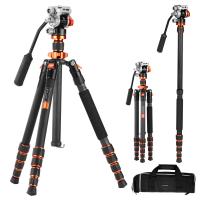


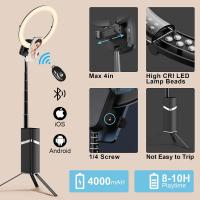

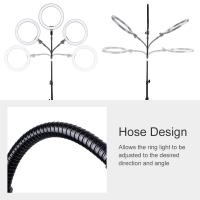


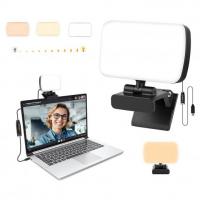
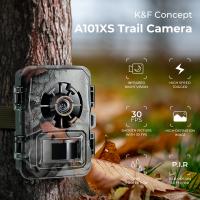
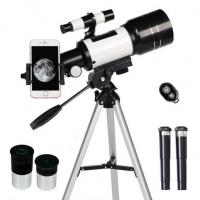
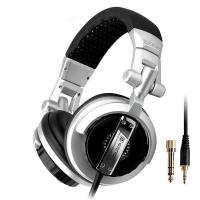


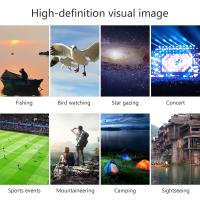

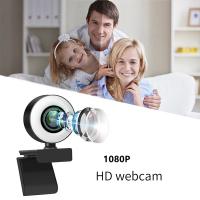
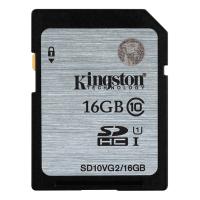

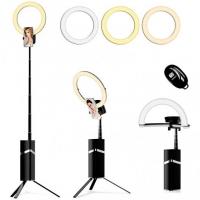
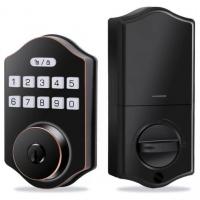
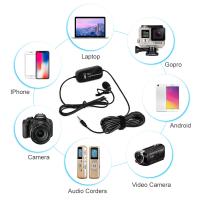
There are no comments for this blog.